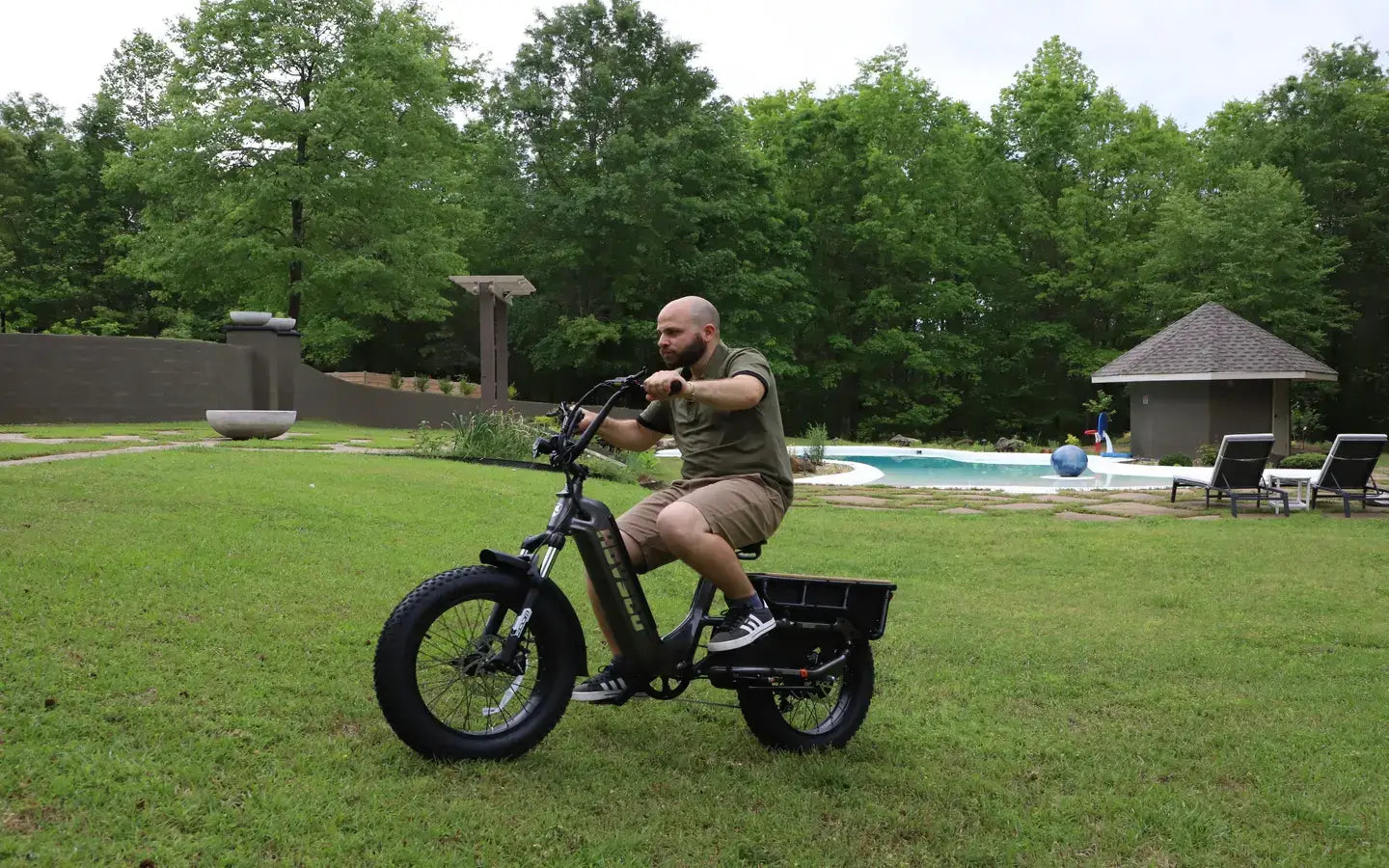
- by LiuJiazhu
What Motor Wattage Maximizes Electric Bicycle Speed in 2025?
- by LiuJiazhu
In 2025, the electric bicycle motor wattage that maximizes speed typically ranges between 750W and 1500W, with optimal setups reaching top speeds around 35-40 mph under ideal conditions. However, maximum speed is influenced by the e-bike’s class, battery voltage, controller settings, terrain, and rider weight. Class 3 e-bikes, for example, are usually limited to 28 mph assistance even with motors rated up to 750W. Higher wattage motors (1000W+) are common in off-road or performance e-bikes focused on speed and acceleration rather than strict legal compliance.
Motor wattage directly determines power output and torque, dictating acceleration and the ability to maintain higher speeds. Motors with higher wattage handle inclines, wind, and heavier riders more efficiently, helping sustain speed. Yet wattage alone does not guarantee top speed; efficiency, battery voltage, and controller limitations play crucial roles.
E-bikes with motors between 750W and 1500W typically achieve the fastest street-legal speeds, efficiently balancing power and battery use. Lower wattages (250W-500W) suit urban commuting and legal requirements in many countries, while motors above 2000W push speeds over 40 mph but are generally not street legal.
Chart Title: Motor Wattage and Typical Top Speeds in 2025
| Motor Wattage | Typical Top Speed (mph) | Notes |
|---|---|---|
| 250W | Up to 15 | Compliant with strict laws |
| 500W | Up to 20 | Moderate urban performance |
| 750W | Up to 28 | Standard for Class 3 e-bikes |
| 1000W - 1500W | 28 - 40 | High-performance models |
| 2000W+ | Over 40 | Off-road or specialized bikes |
Higher battery voltages (e.g., 72V vs. 48V) enable motors to run more efficiently at higher RPMs, enhancing maximum speed and reducing current draw, improving durability. Controller settings can electronically limit the maximum speed regardless of wattage for legal or safety reasons, representing a critical factor in real-world performance.
Terrain steepness and surface conditions dramatically affect achievable speeds. Rider and cargo weight influence motor load and energy consumption. Tire size, pressure, and aerodynamics contribute by affecting rolling resistance and wind drag. All combined, these factors shape real riding speeds alongside motor wattage.
In the U.S., e-bikes are often restricted to 750W motors with Class 3 bikes limited to 28 mph pedal-assist. European laws often limit motors to 250W and speeds to 15.5 mph. Riders must comply with local regulations to avoid legal issues; higher-powered motors may require registration or be prohibited on public roads.
For most riders seeking the maximum legal speed and robust performance, a 750W motor paired with a 48V or 72V battery is ideal, balancing speed, range, and reliability. For off-road or specialized use, 1000W+ motors provide extra power but typically limit legal use. HOVSCO’s e-bikes exemplify optimized motor and battery harmony with controller intelligence, ensuring efficient, safe, and speedy rides suited to diverse needs.
“HOVSCO engineers high-performance e-bikes emphasizing the interplay between motor wattage, battery voltage, and intelligent controller management to maximize speed and durability without compromising safety or legality. Our design philosophy tailors power systems to meet urban commuters’ and off-road enthusiasts’ diverse expectations, delivering precise, responsive, and exhilarating rides across terrains.” — HOVSCO R&D Team
Q: What motor wattage is best for maximum electric bike speed?
A: Typically 750W to 1500W motors maximize speed within legal limits, reaching 28-40 mph.
Q: How do battery voltage and motor wattage work together?
A: Higher voltage batteries allow motors to run efficiently at higher speeds, enhancing power output.
Q: Are motors above 750W legal for street use?
A: Usually not; most street-legal e-bikes are capped at 750W in the U.S., with stricter rules elsewhere.
Q: Can controller settings limit my e-bike's top speed?
A: Yes, controllers often cap speed electronically for legal compliance and safety.
Q: Does terrain affect top speed regardless of motor wattage?
A: Certainly, hills and rough surfaces reduce speed irrespective of motor power.
Share:
What Are Essential Safety Tips For Electric Bikes With Child Seats?
Which Transportation Option Offers A Lower Total Ownership Cost?